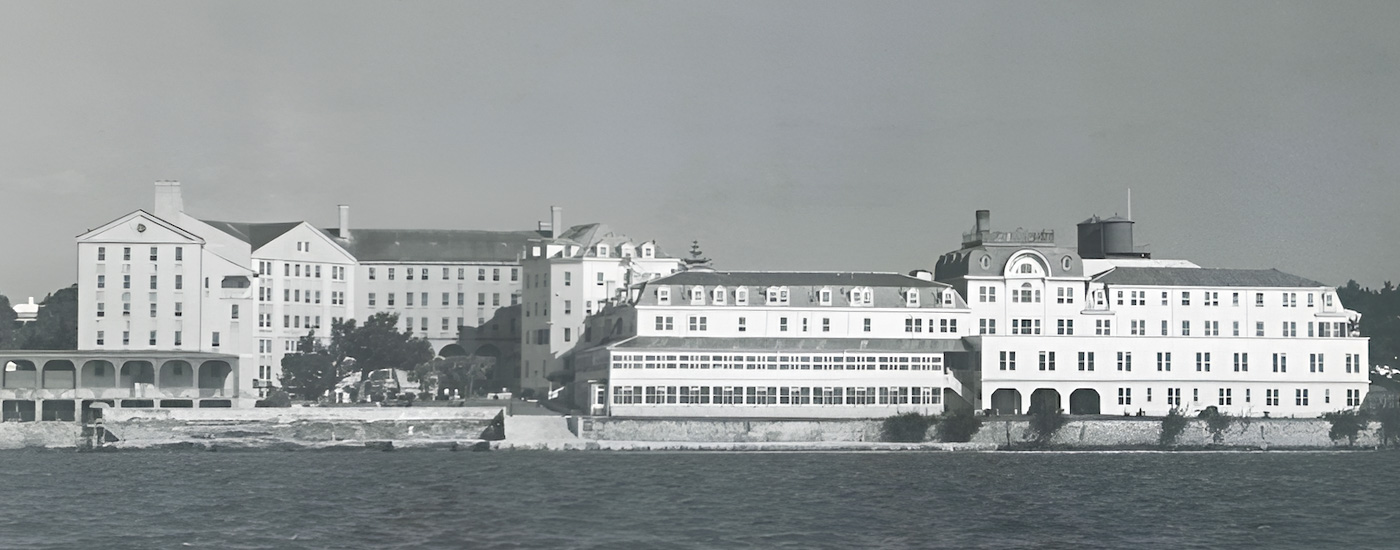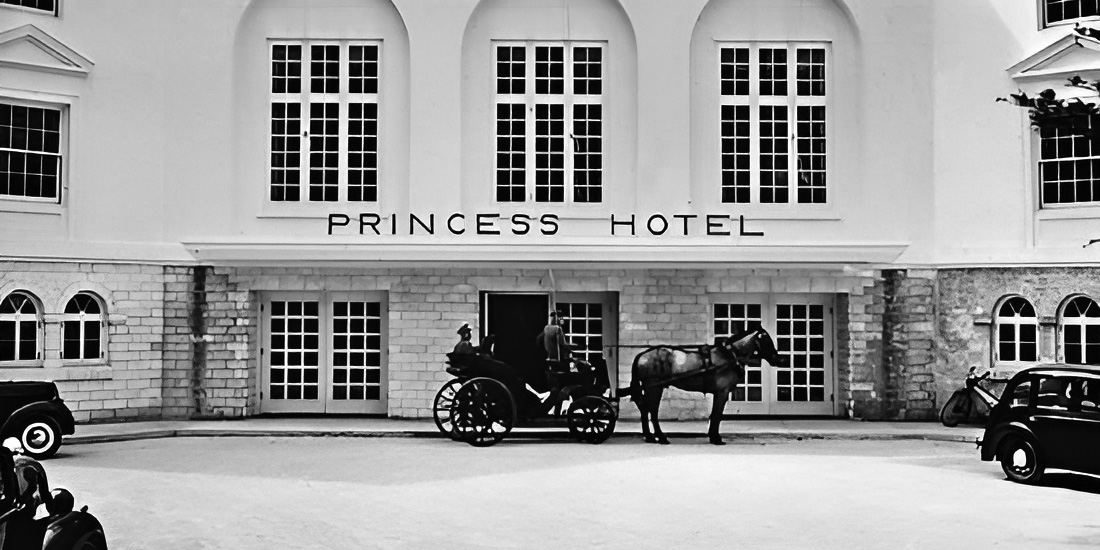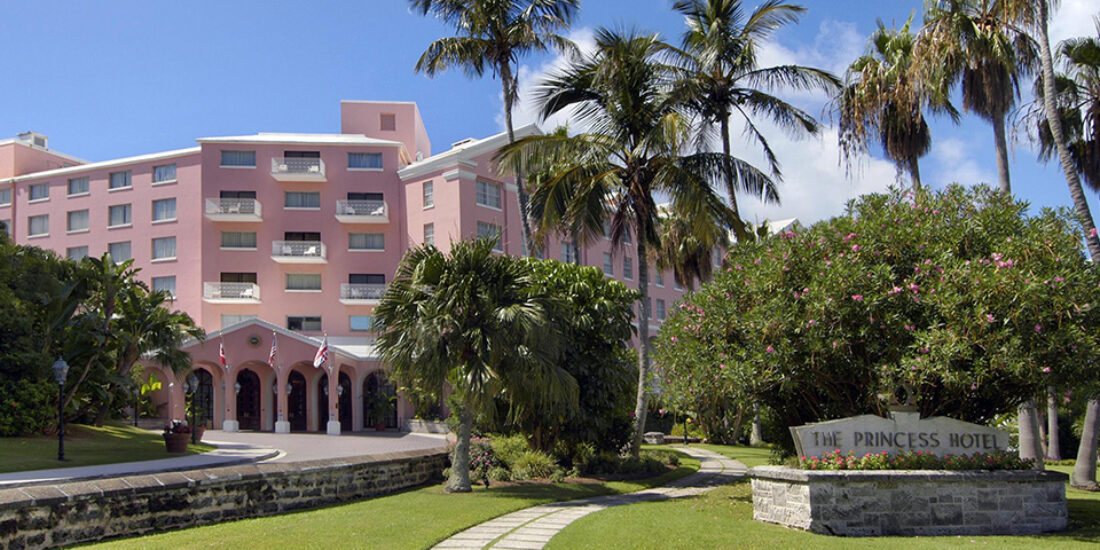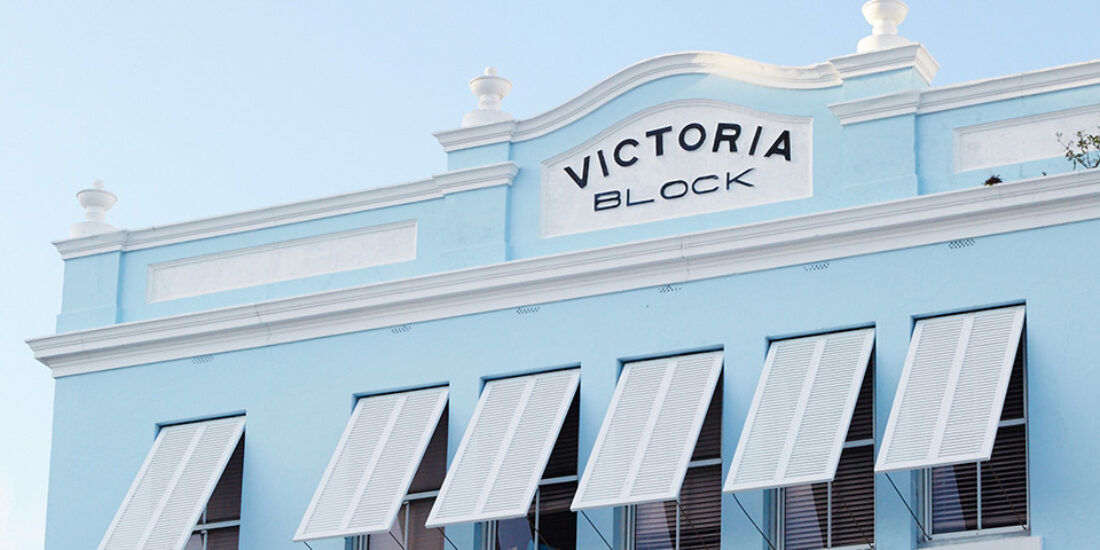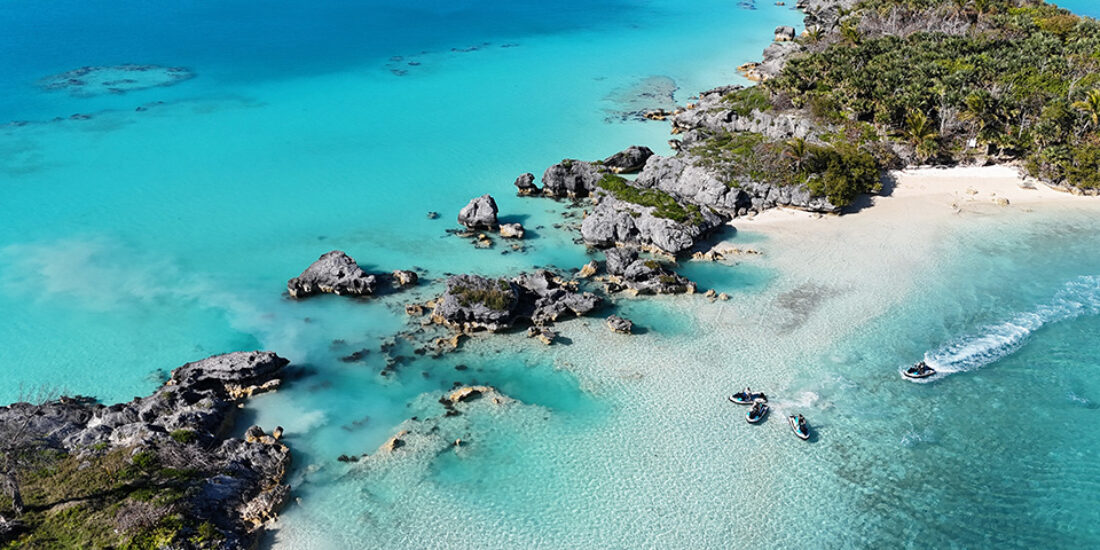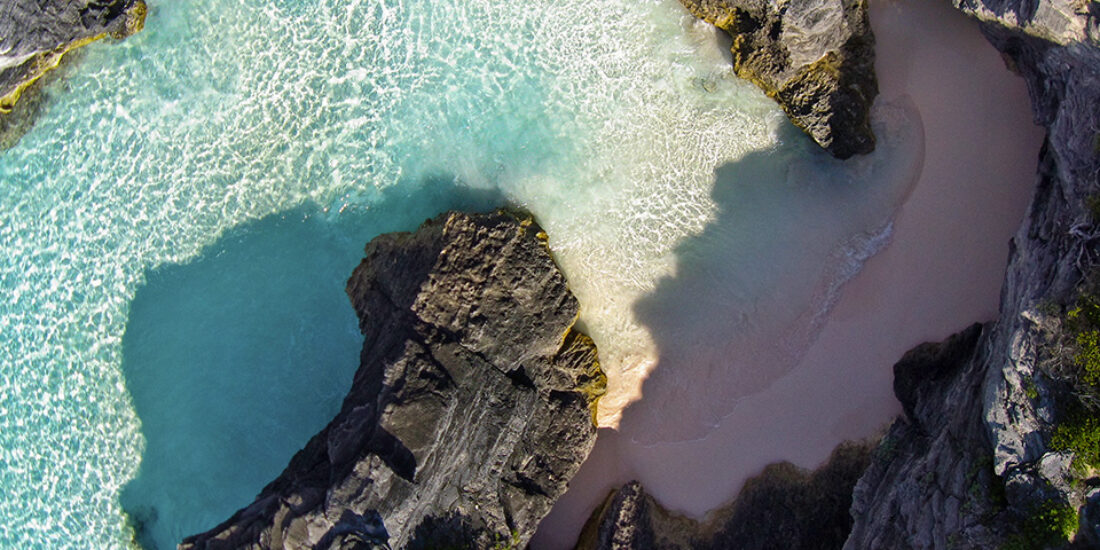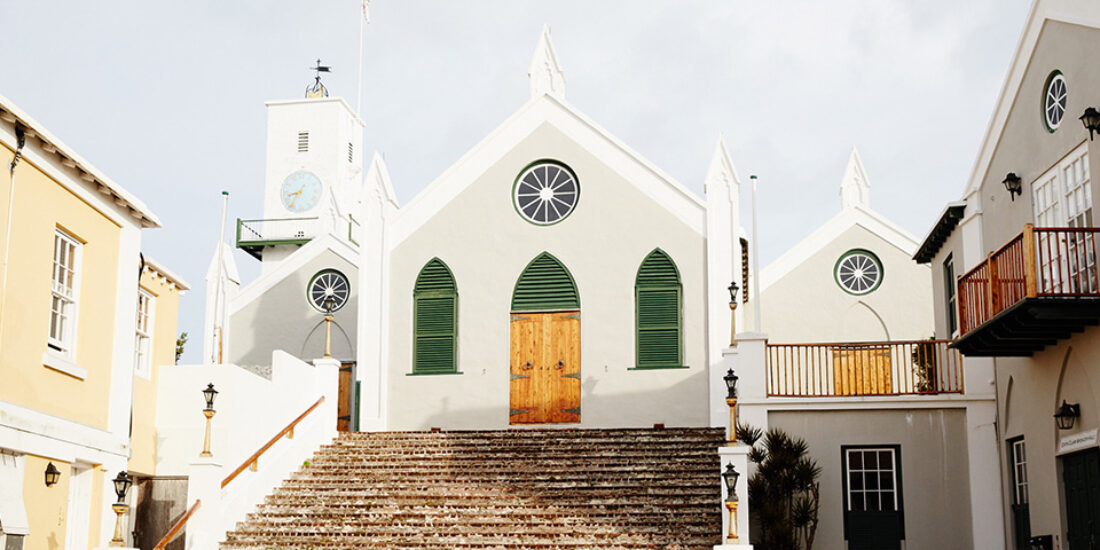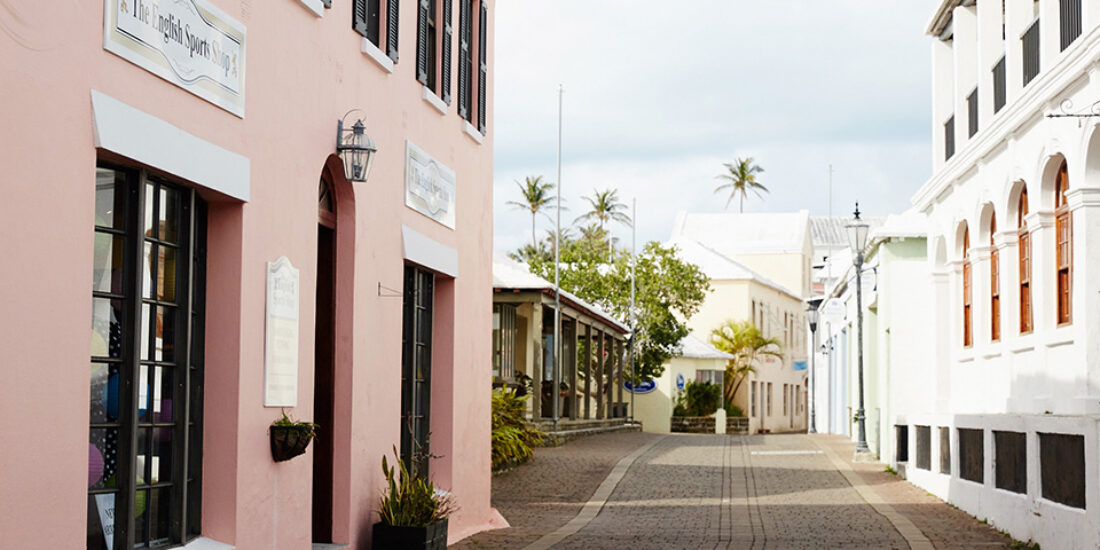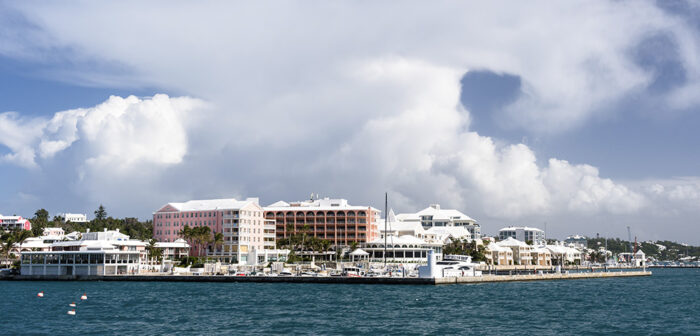The gem of the island
From the moment it opened, Hamilton Princess Hotel & Beach Club was considered the gem of the island of Bermuda. With long shady verandas and a blue slate roof, the four-story building comprised 70 rooms, each equipped with gas lights, hot and cold running water and a five-inch mirror to allow hotel guests to primp before stepping out for your night out.
Thomas Cook Tours started to offer package tours out of New York to the Hamilton Princess Hotel & Beach Club in Bermuda. Staff dressed in white jackets and waving pink handkerchiefs greeted luxury liners. As word got out, celebrities started to appear. Mark Twain, a regular at the hotel, loved to smoke cigars on the veranda while he signed autographs and recited poetry to adoring fans. One wartime “guest” at the Bermuda hotel was said to have used its fish tank-lined Gazebo Bar as a motif in his novel.
In 1939, when the world went to war, Hamilton Princess Hotel & Beach Club was under British Censorship and home to Allied servicemen. The hotel became an intelligence center and way station where all mail, radio and telegraphic traffic bound for Europe and the Americas was intercepted and analyzed by 1,200 censors, before being routed to their destination.
With over a century of experience, Hamilton Princess & Beach Club is sister to properties such as The Plaza in New York, The Fairmont Copley Plaza in Boston, The Fairmont Banff Springs in Alberta, and The Fairmont San Francisco. She has famous and illustrious siblings, yet she remains the Grande Dame and oldest member of the Fairmont Hotels & Resorts family.
